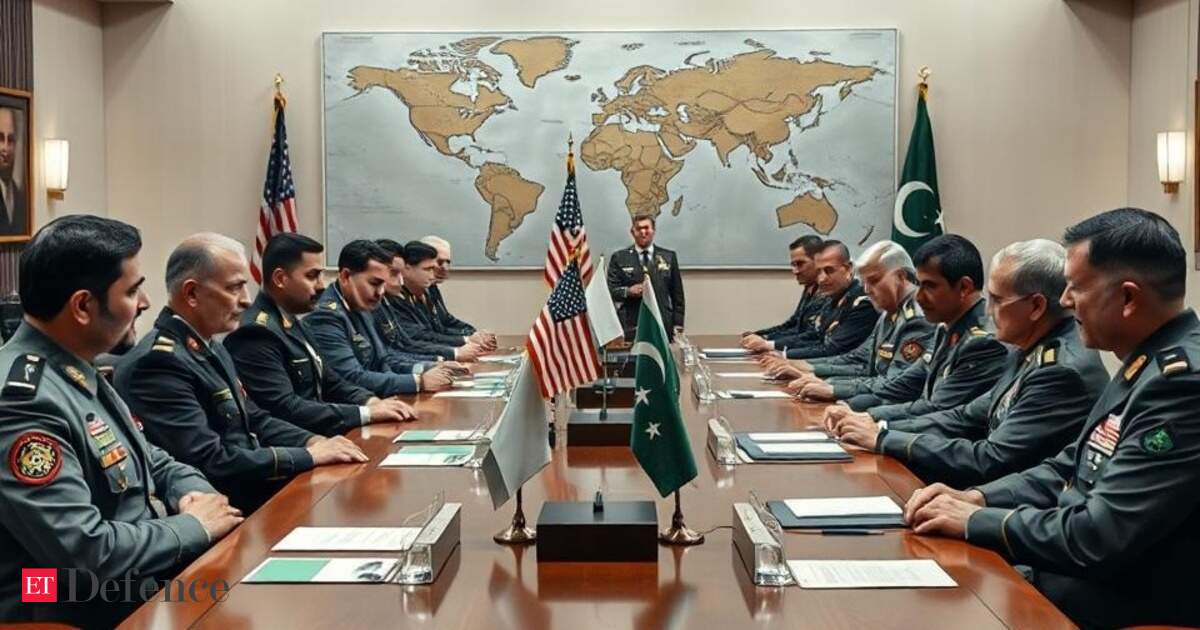Coming weeks after Army Chief Field Marshal Asim Munir’s unprecedented lunch with US President Donald Trump, Sidhu’s visit signals a possible recalibration in US strategic priorities in the region. Though shrouded in some ambiguity, the optics and timing of these two visits suggest that the US may be seeking a deeper reengagement with Pakistan’s military establishment — a shift that carries significant implications for India.
What’s behind the renewed US-Pak engagement?
For much of the past decade, US-Pakistan relations have been cold. America’s strategic focus shifted decisively toward India as it emerged as a counterweight to China and a central pillar of America’s Indo-Pacific strategy. In contrast, Pakistan’s deepening military and economic partnership with China, particularly through the China-Pakistan Economic Corridor (CPEC), placed it at odds with evolving US strategic objectives.
However, the apparent renewal of military-level engagement marks a notable departure. The US hosting Air Chief Marshal Sidhu across its key institutions — notably ahead of the Quad Foreign Ministers Meeting and Indian External Affairs Minister S. Jaishankar’s Washington visit — appears more than coincidental. Symbolically, it creates an image of equivalence between India and Pakistan, a perception India has consistently sought to dispel.
America’s renewed interest in Pakistan could be driven by several factors. Pakistan’s military has intensified operations against Islamic State Khorasan (IS-K), whose regional rise in Afghanistan and spillover into Pakistan represents a shared concern for both Pakistan and the US. As the US recalibrates its counterterrorism posture post-Afghanistan withdrawal, Pakistan remains a geographically critical partner.
Reports of Munir’s meeting with Trump, with suggestions of discussions around impending US military action against Iran, added another dimension. Amid heightened tensions with Tehran, Pakistan’s strategic location and its influence over key border logistics and airspace made it an indispensable partner.After years of favouring India in its South Asia calculus, America may now be reintroducing strategic ambiguity. This could serve several purposes such as checking India’s drift toward multipolar hedging (for example, its neutrality in the Russia-Ukraine conflict), pushing New Delhi toward more alignment within the Quad, and creating options for leverage in the Indo-Pacific balance.Why India should be concerned
From an Indian perspective, the implications of this renewed US-Pakistan engagement are concerning. India has long cherished its emerging special relationship with the US, particularly in defense cooperation, technology transfers and intelligence sharing. If America begins equating Islamabad as a parallel partner in regional military affairs, India’s perceived strategic primacy could be compromised.
With Pakistan’s civilian institutions weakened and economic distress mounting, any renewed US support, particularly to the military, risks reinforcing the dominant role of the army and air force in Pakistan’s political system. A more emboldened Pakistan military, with a sense of external endorsement, could adopt a more aggressive posture toward India, especially in Kashmir or along the Line of Control (LoC). The juxtaposition of hosting Jaishankar and Pakistan’s top air force official in parallel engagements sends mixed signals about US commitment to its strategic ties with India and its Indo-Pacific strategy.
While it is too early to see it as a strategic realignment, America’s renewed overtures to Pakistan’s military leadership mark a significant development. India’s economic size and its role in Indo-Pacific maritime security makes it indispensabile to the US global strategy. But it must also prepare for a more competitive regional environment where a Pakistani military backed by the US can play aggressive games.
